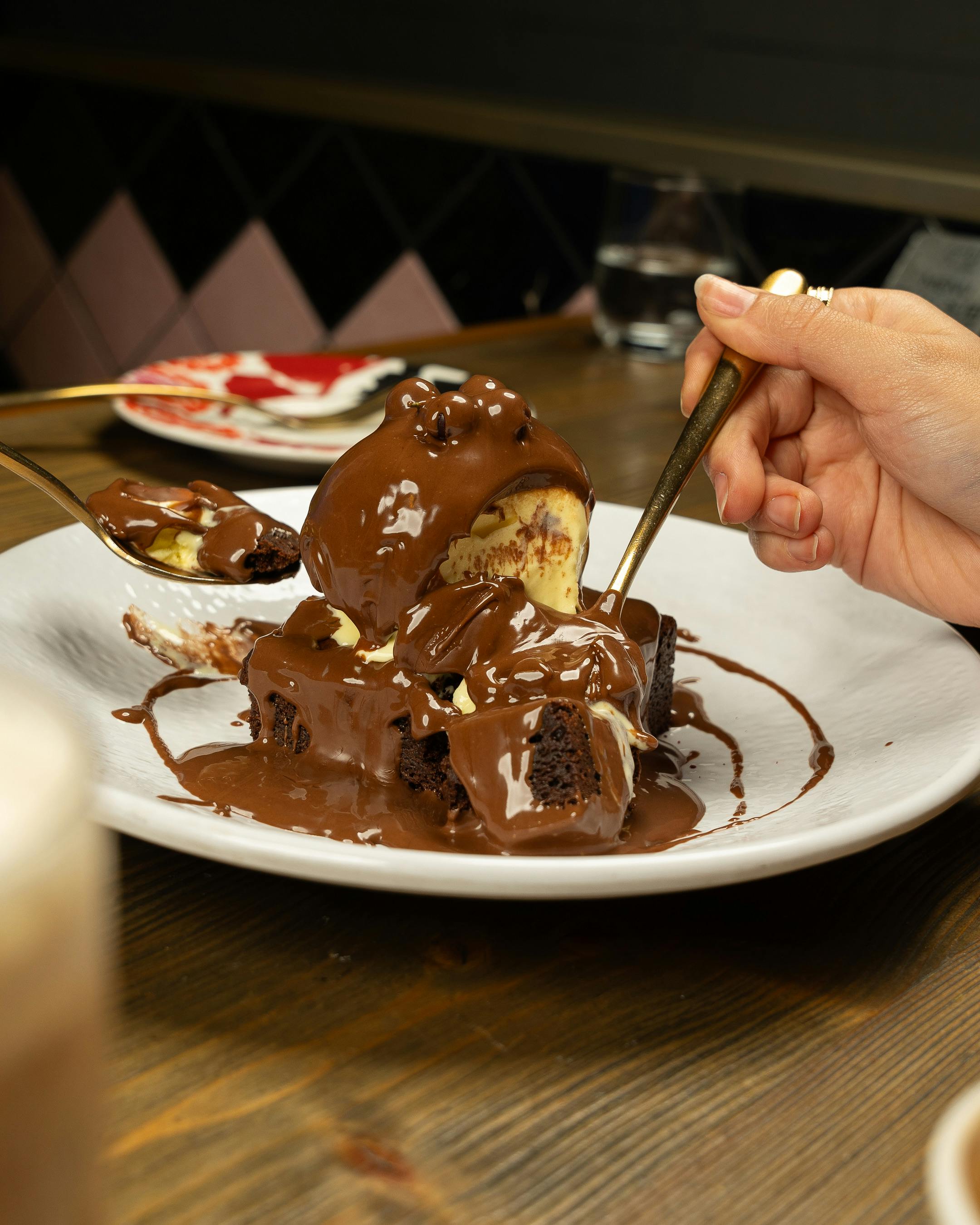How to Identify a Bad Avocado: Essential Tips for Freshness
Avocados are a beloved addition to many meals, from guacamole to salads and sandwiches. However, knowing how to identify a bad avocado is crucial for ensuring your dishes taste their best. With the avocado market seeing rising popularity, particularly as we approach 2025, understanding the signs of a spoiled avocado can save you from disappointment. In this guide, we’ll explore five smart tips to help you assess avocado quality and freshness, focusing on the visual and tactile indicators that indicate when avocados have gone bad.
First, let’s examine the importance of recognizing an overripe avocado versus an unripe one. The condition of an avocado can make or break your recipe, contributing to the creamy texture and rich flavor that avocados are known for. Join us as we delve into practical, hands-on tips for avoiding bad avocados, keeping your culinary creations delightful.
1. Checking the Avocado Skin
The first step in your avocado assessment is a thorough inspection of its skin. A healthy avocado should have a smooth, vibrant green skin, indicative of freshness. However, there are certain signs of a bad avocado you should watch for:
- Brown Spots: If you notice darkened patches or brown spots on the avocado skin, this could indicate that the fruit is starting to spoil.
- Wrinkled Skin: If the outer skin appears wrinkled or wilting, this may suggest that the avocado is past its prime.
- Color: The ideal avocado skin color shifts from bright green to dark green or purplish. If you encounter a blackened avocado, it’s time to discard it.
Being vigilant about the characteristics of avocado skin is essential to ensure you're selecting healthy avocados. Now that we've examined how the skin can indicate avocados’ condition, let’s move on to evaluating the avocado's firmness.
2. Assessing Avocado Firmness
Firmness is one of the primary indicators of an avocado's ripeness and quality. When you're checking avocado health in the grocery store, gently squeeze the avocado to gauge its firmness:
- Soft Avocados: If the avocado feels overly soft or mushy, it’s likely overripe. An avocado with this texture often has brown interior flesh, indicating spoilage.
- Hard Avocados: On the other hand, if the fruit feels hard and unyielding, it's unripe. This avocado will need additional time for ripening.
- Medium Firmness: Ideally, a ripe avocado should yield slightly to pressure but not feel mushy. This balance suggests it’s ready for consumption, making it perfect for your guacamole preparation or avocado salad.
Understanding the firmness of avocados is just one step. As we move forward, the next focus will be on assessing internal signs, particularly checking the flesh and any unpleasant odors.
3. Examining the Inside of the Avocado
Once you’ve chosen an avocado and sliced it open, take a good look at the inside. Evaluating the avocado flesh will provide further insights into its quality:
- Color: Healthy avocado flesh should be a bright green. If you encounter a brown interior, it suggests overripeness or spoilage.
- Texture: The flesh should be creamy and smooth; a mushy avocado texture often means it's past its prime. If you're worried about avocado degradation, pay attention to chalky or overly fibrous textures, as they indicate decline in quality.
- Avocado Smell: Fresh avocados possess a mild and pleasant aroma. Conversely, an off or rancid smell can indicate that the avocado is unhealthy or rotten.
These examinations of the avocado's interior give you critical clues about its freshness and ripeness. Building on this knowledge, the next section will cover the common misconceptions around avocado signs that can lead to mistakes in selection.
4. Understanding Avocado Misconceptions
Many consumers fall prey to common avocado appraisal mistakes that can impact their grocery shopping. Let's clarify some prevalent misconceptions:
- All Dark Skin Equals Spoilage: A dark skin color does not always indicate a bad avocado. Certain avocado varieties, like Hass avocados, naturally darken as they ripen.
- Firmness Does Not Equal Freshness: While firmness is critical, some consumers mistakenly equate hardness with freshness, not accounting for the ripening process.
- Brown Spots Aren't Always Bad: While some brown spots signal spoilage, they can also be harmless blemishes that do not affect the taste or quality when eaten promptly.
Grasping these misconceptions helps to avoid bad fruit signs and makes you a more informed avocado consumer. Now, let’s advance to practical storage tips to maintain avocado freshness.
5. Best Practices for Avocado Storage
Proper storage methods can greatly influence avocado quality and shelf life. Here are some effective avocado preservation methods to consider:
- Unripe Avocados: Store these at room temperature to allow natural ripening. Check daily for firmness; once ripe, you can refrigerate them to extend their lifespan.
- Ripe Avocados: Once cut, keep the segments in an airtight container. To avert browning, sprinkle some lemon juice on the exposed flesh before sealing to preserve color and flavor.
- Freezing Avocados: For longer storage, mash ripe avocados with a little lime juice and freeze them in ice cube trays. This method comes in handy when preparing avocado recipes later.
Implementing proper storage practices minimizes the risk of unhealthy avocados and preservices delicious, nutrient-rich fruit for your meals. With these five tips in mind, you will better navigate your avocado selection and storage effectively.
Q&A Section: Common Questions about Avocado Freshness
1. How can I tell if an avocado is too ripe?
If the avocado feels overly soft or has brown interior flesh, it is likely too ripe. Checking for a rancid smell can also indicate spoilage.
2. What does a bad avocado taste like?
A bad avocado often has a bitter, unpleasant taste and an off-putting smell. Fresh avocado has a creamy and mild flavor that enhances dishes.
3. Are there any signs of a spoiled avocado besides the texture and color?
Yes, also be mindful of the smell; a spoiled avocado often has a strong and rancid odor that differs from its natural aroma.
4. Is it safe to eat an avocado with brown spots?
Some brown spots are merely aesthetic and safe to eat, but if they appear alongside mushiness or a foul odor, it’s better to discard it.
5. How should I select avocados at the grocery store?
Choose avocados with vibrant skin and firm but yielding flesh. Avoid those with darkened or blackened skin, which can indicate spoilage.


